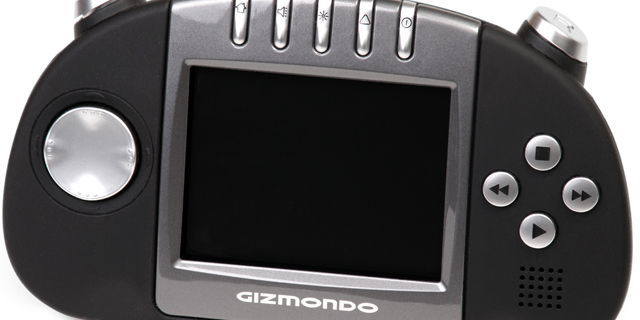
Gaming hardware history can arguably be broken down into three distinct categories. First, we have the victors, the ones that rose above the competition to become timeless titans that will remain fondly in gamers’ memories. These are your NESs, PlayStations or 2600s, the ones that many retro aficionados keep plugged into their TVs at all times. Next, we have the forgotten. These systems simply never were able to stand up to the others, and were just swept away by the tides of time, leaving almost no impact on the market. These are your SuperGrafxes, and Atari XEGSes. There’s nothing to show for their existence; they were hardly even a blip on the radar. Finally, we have likely the most interesting category, the infamous. READ MORE
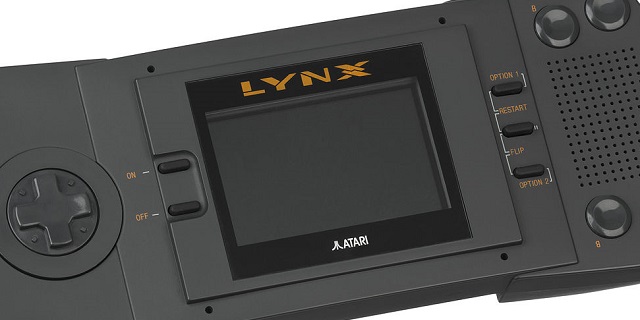
The Mystery Machines series looks at platforms that didn’t stay around quite long enough for most to know their stories. For more, check out the archive.
Portable gaming has always been an anomaly when compared to the rest of the industry. While technical prowess is prized above all else on consoles and computers (for better or worse), handhelds rely on their own set of rules. Long battery life and a compact design are far more important than processing muscle when gaming on the go. When these machines were new to gaming, these unspoken criteria were still developing. Nowhere is this bewildering reversal more apparent than in the Atari Lynx, the former console titan’s only major handheld system. READ MORE
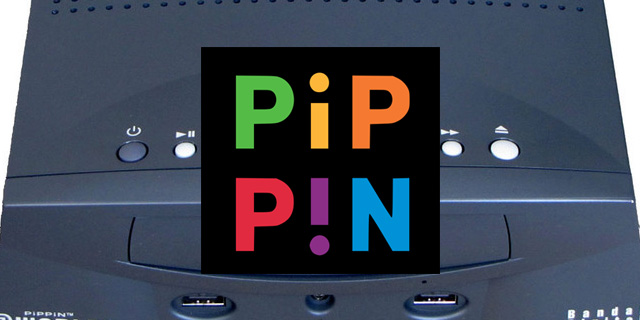
In the early ’80s the home computer market flourished, with dozens of machines from myriad manufacturers, each with unique hardware gimmicks and software libraries. It was the Wild West of computing, seeing rapid expansion alongside a total lack of order. Big names like Atari, Commodore, Sinclair and IBM made their mark on the fledgling market in this era, competing to prove who had the machine with the most muscle.
One benchmark with which they could measure their computers’ strengths was gaming. READ MORE
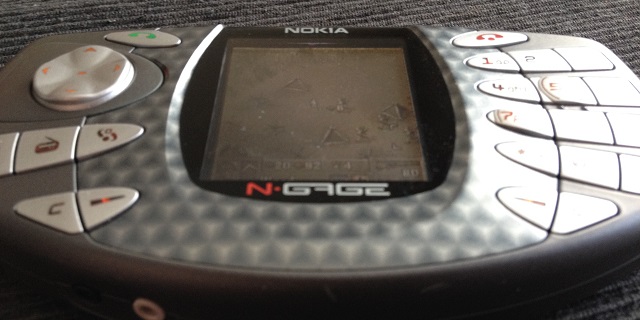
Being too far ahead of its time is a common way for a product to fail, especially in the technology business. This is often the most tragic kind of failure, because it is not the result of apathy or cynicism, but just a great idea that the rest of the tech world couldn’t quite support yet. This was the undoing of Nokia’s N-Gage phone. It is a concept that we take as commonplace and even expected in today’s mobile space, but nevertheless garners a great deal of ridicule in retrospect: that a cell phone can run games as well as its handheld competitors. While much of that ridicule was valid due to some baffling hardware design decisions, the N-Gage was a capable handheld that deserves a second look. READ MORE
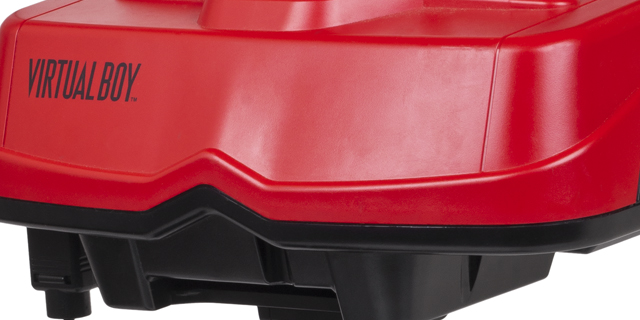
Even the biggest name in gaming let its whimsy get the best of it, and how it managed to release one of the most confounding pieces of gaming hardware ever conceived is a bit difficult to untangle. But to understand how the Virtual Boy was ever released, you first have to understand the economic, political, and social factors of the turbulent mid-1990s that culminated in its release. READ MORE
























